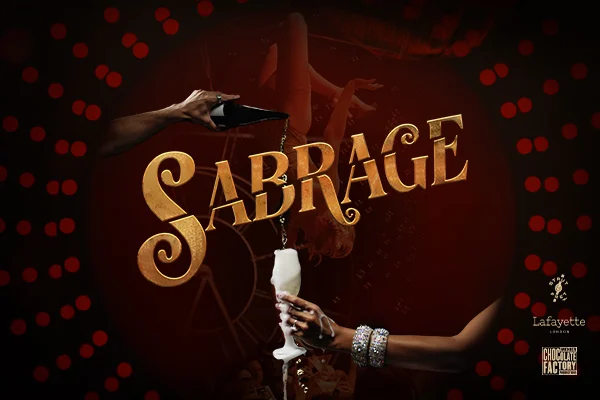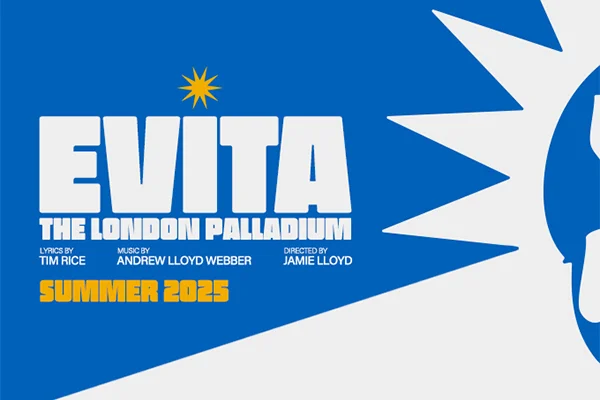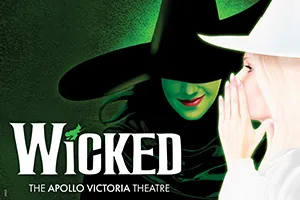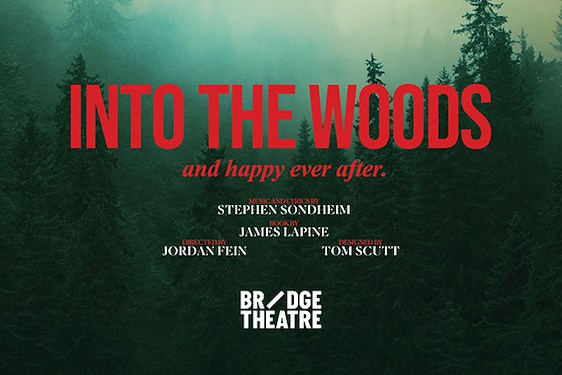Every good boy deserves football.
Unarguably a very aesthetically pleasing experience
Richard of York gave battle in vain.
These are the odd little sentences we remember from childhood. The sentences that, by remembering, help us remember the musical scales and colours of the rainbow more easily than just, you know, remembering the musical scales and colours of the rainbow.
Such phrases are known as mnemonic devices. They are the tricks we use to aide memory.
And Mnemonic is the title of theatre company Complicité’s production, now playing at the National Theatre’s Olivier. First performed 25 years ago, this is more a revisit of the idea, than just a straightforward revival.
Influenced by Lecoq, Complicité’s performance art, movement-based style was groundbreaking in the nineties. Their work inspired a generation of drama students and aspiring theatre practitioners.
I’m not sure how big a name they are outside of this audience, but imagine nostalgia will be a huge draw now. The chance to see one of Complicité’s greatest hits revisited will bring back many memories for the now middle-aged. Rather apt for a show about bringing back memories.
The approach
When asked if he could describe what Complicité do in a sentence, co-founder Simon McBurney told The Guardian “No I can’t.”
Thanks Simon. It doesn’t help much when attempting to explain their work to those who haven’t seen it. Luckily, here the subject matter of Mnemonic can help.
Memories take a lot of our brain space. With too many memories for our brains to comfortably store, mnemonics are the things that glue events together. By remembering one event, the details of other connected events come rushing back too.
It is a process that at first seems disparate but is ultimately very structured. And this perfectly describes Complicité’s style.
They create stunning visual tableaux through a combination of movement, video projection and lighting. Time is both linear and contorted. Speech is simultaneously spoken and pre-recorded. Interactions are small and mannered, then exaggerated and stylised.
We only keep up because our brains are used to capturing information this way. It recognises events, relates them to other events, and stores them to be remembered. We remain oblivious to the whole process.
But think of the extra laugh you give at a callback in a comedy routine. Think of the satisfaction you feel at noticing an easter egg in a movie franchise. Both of these instinctive reactions are caused by the synapses being triggered.
The context
The show opens with a baggy-suited man taking to the stage, microphone clumsily in hand. Introducing himself as Khalid Abdalla – in the role previously taken by McBurney – he has been asked to explain the show’s context before it begins.
Abdalla seems uneasy in the role foisted upon him. As he describes the how, why and what of memory, the speech meanders by way of asides about his family, his childhood, his girlfriend, his shirt.
There is audience participation. The lights go dark and we are reminded to switch off our mobiles. We pop on an eye mask and feel the lines on a leaf as we are asked to remember our six-year-old selves.
Then we picture our parents behind us, their parents behind them, their parents’ parents behind them, and so on. Eventually the generations go back 5,000 years and we’re told that the maths now link everybody together. The suggestion is that all our memories are somehow intrinsically linked.
And then a mobile rings.
(Spoiler: Abdalla is not the show’s director. This whole introduction is really a neat set-up for the stories that take the bulk of the show.)
The story
A man is searching for his missing girlfriend. Reflected on each other’s bodies as they speak on the phone, she recounts the story of her search for the father whose existence she has only just discovered.
Running concurrently is the true story of Otzi the iceman: the 5,000-year-old body discovered buried in the Alps in 1991. Investigations of the naturally mummified body changed what we thought we knew about our own evolution.
The girlfriend travels through Europe, trying to discover things about herself by looking at a man she never knew. The scientists come from around Europe, trying to discover things about a man from the remains he left behind.
Characters echo each other across these stories. But we are not part of a Marvel multiverse. Though the destination of the girlfriend turns out to be the place where Otzi’s body was discovered, this is more theatrical conceit than necessity.
The theme remains the same. The suggestions made and the explorations undertaken are similar. But the narratives remain separate. Parallels are there to tease us. They are served up simply for us to digest and enjoy.
The verdict
Watching Mnemonic is unarguably a very aesthetically pleasing experience. Complicité create some truly beautiful theatrical snapshots. But with no single narrative or cohesive style for us to cling to, it can be difficult to maintain focus.
By the time we reach the end and discover the show’s lack of resolution, the return feels an imbalance for the investment it has required of us.
It may be that a few days later, as we engage in the act of remembering, our memories of the show will trigger a more emotional response. After all, that is what we have learnt about how memory works.
But as Mnemonic ends, the applause seems to come out of respect and appreciation, rather than a feeling of exhilaration. If we were in the habit of clapping at art hanging in a gallery, I imagine this would be how that sounded.
It is a show you feel richer for experiencing, but emotionally unmoved.


















